Understanding the attractive nuisance doctrine
As winter gives way to spring in Missoula, kids will no doubt take to the outdoors en masse to resume the many activities they miss out on during the colder months. Parents, of course, hope that their kids have good enough judgment to avoid playing in or around areas that might be dangerous, yet in many cases, that expectation may be unrealistic. Children (for the most part) simply do not have the same level of discernment adults do. Therefore, the responsibility to protect them from dangerous places falls to the parents and (somewhat surprisingly) property owners.
The attractive nuisance doctrine recognizes that children often cannot appreciate the dangers that a property (or a feature found therein) may present, and thus assigns liability to property owners who do not protect them from the risks such features pose. Rulings from the Supreme Court of Montana show that the state follows the elements established in the Second Restatement of Torts when applying this doctrine to a case, namely:
- That a property owner understands his or her land (or a feature of it) is likely to attract children
- That said land or feature can potentially cause a child’s death or serious injury
- That children are unlikely to comprehend the danger said land or feature poses
- That the costs of protecting kids from said land or feature is slight compared to the risks it poses
In cases involving an attractive nuisance, a property owner may be held liable regardless of whether a child involved in an accident was there with or without permission.
Common attractive nuisances may include swimming pools, heavy machinery and equipment, tunnels and animals. Property owners who erect barriers to try and prevent children from accessing such nuisances may absolve themselves of liability.



